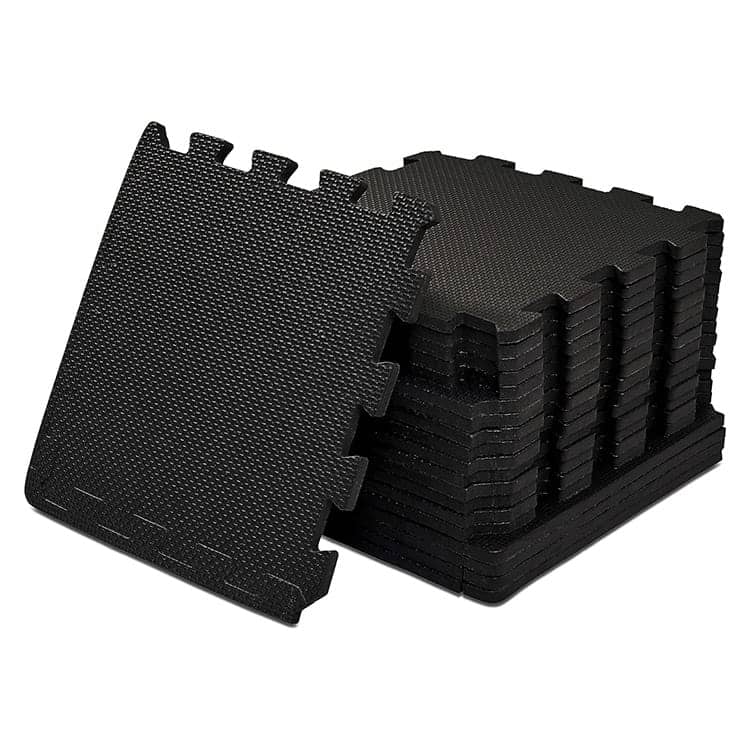- The Polyformes Blog
- What Are Foam Crane Mats, And What Are The Benefits?
When heavy-lifting with cranes, as you can imagine, stability and safety for the operator and those in the surrounding area is key. To achieve this stability and safety, crane operators will often use what are called crane mats, aka 'crane pads'.

Engineered using advanced polyethylene foam materials, such as Ethafoam, foam crane mats are placed beneath the feet of a cranes outrigger arms to increase stability, and to help prevent the crane from sinking into unstable ground.
Manufactured in various thicknesses and sizes depending on the intended use and the required weight-bearing capacity, foam crane mats offer a variety of benefits to crane operators and to crane operation, including:
Due to its robust yet lightweight nature, the polyethylene foam used in the manufacture of crane mats, provides both optimal stability, even under extreme stress, whilst requiring less fuel for transportation from site to site.
Cranes are often used on surfaces, such as tarmacked surfaces that need to be protected for safety and aesthetic reasons. By using crane pads, outrigger feet are cushioned, therefore helping to prevent unsafe or unsightly indentations.
The stability of cranes will ultimately rely on the stability and evenness of the surface they’re resting on. Polyethylene foam crane mats are designed to adapt to the surface, therefore creating stability where the ground is uneven.
As with most equipment used on construction sites, prolonged usability is essential. Foam crane mats made from Ethafoam provide impressive durability over long periods, a benefit that can also provide significant cost-savings.
If you’re looking for high-capacity crane mats, contact Polyformes, one of the UKs leading industrial foam suppliers, manufacturers and converters to a wide range of sectors, including construction, for more than 40 years.